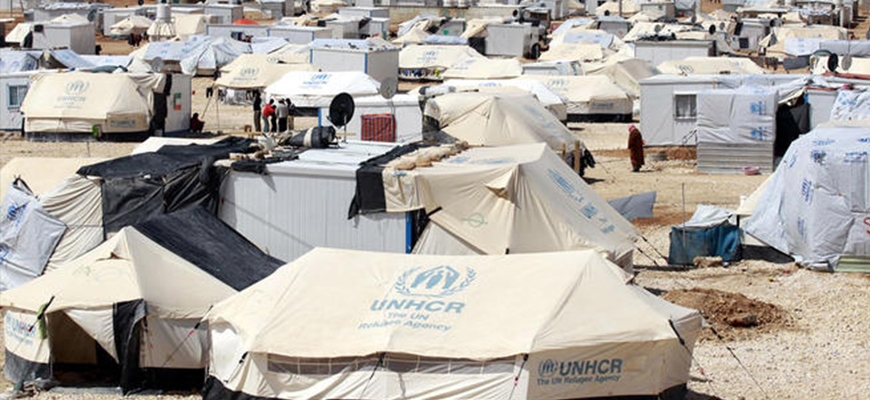
15 Oct 2015
An initiative to protect refugee women and children went largely unnoticed, and unenforced, among the humanitarian workers meant to protect them.
The set of guidelines, created by the Inter-Agency Standing Committee in 2005, was meant to reduce refugee women and children’s risk against gender-based violence. But an evaluation of the relief agency’s practices released Wednesday, ten years later, showed “partial or no implementation of the minimum standards,” the review said.
The UNHCR, UN Population Fund, UN Children’s Fund, the International Rescue Committee and the International Medical Corps evaluated the humanitarian community in Iraq, Jordan, Lebanon and Syria on their response to gender-based violence during the Syrian conflict. Major issues facing refugee women and girls include forced marriages, rape and lack of sexual health care.
The practices were worse depending on the sectors and locations — the evaluation pointed out that the gender-based violence prevention guidelines were more suitable for refugee camps and harder to implement in urban settings. But those who didn’t make improvements on the guidelines weren’t held accountable either, according to the review.
Part of the problem was unawareness; the evaluation said a lot of humanitarian workers didn’t know much about the guidelines and how they should be implementing them. Why it took ten years to point out that lack of attention, though, is another question to ask.
Download the full report here

 عربي
عربي